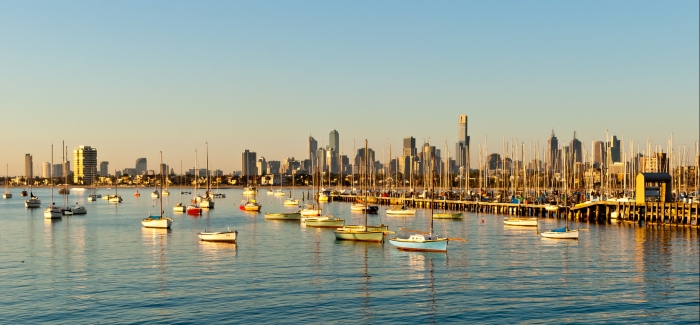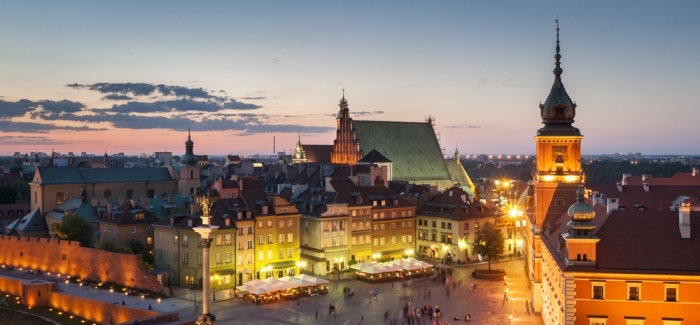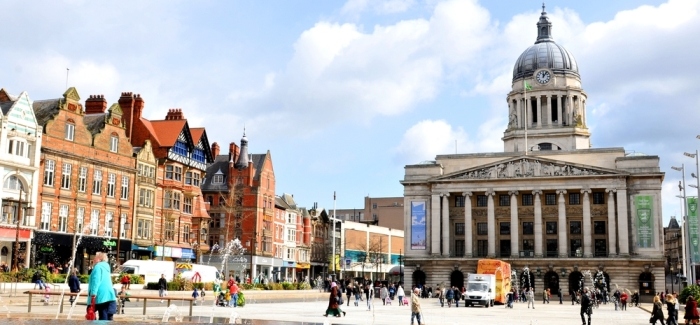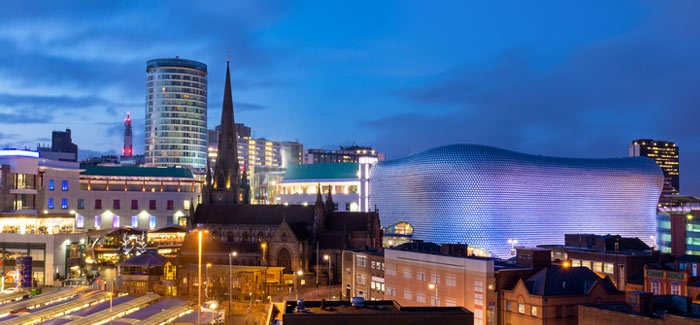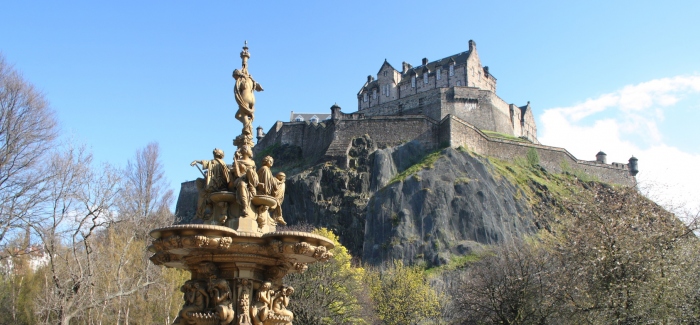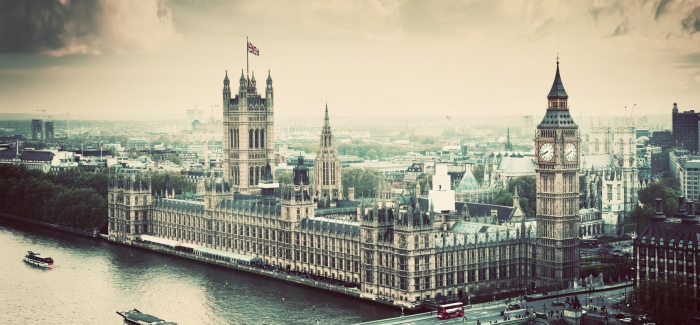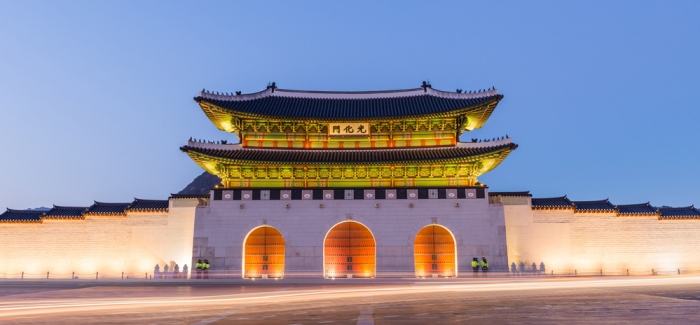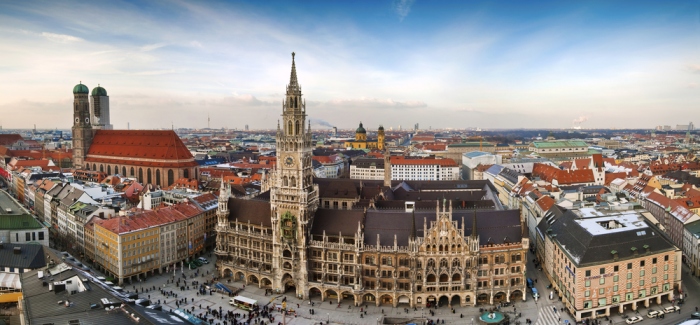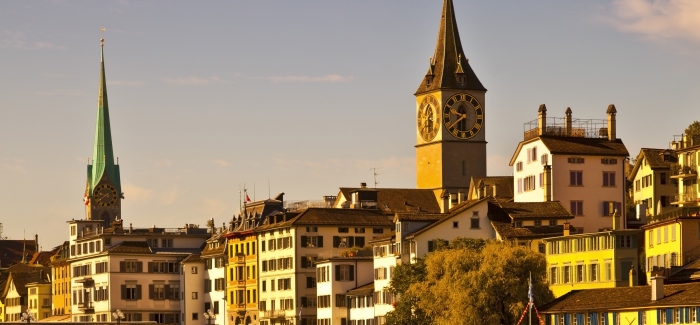2019 has gracefully entered our doors, which also means that we’re not too far from the 2019 release of the QS Best Student Cities. As we recover from the dreaded Christmas withdrawal symptoms and slowly warm up to the new year, we take a look back at 2018’s best student cities – and a look back it is indeed.
Since the ranking boasts a global diversity that includes cities from Europe, North America, Asia and Australasia, history enthusiasts and curious university applicants alike might be thrilled to discover the many surprising historical facts that lurk throughout these popular student cities.
Read on to find out more…
10. When the first king of the Joseon dynasty relocated the capital from Kaesong to Hanyang (modern-day Seoul), he moved his entire court (including several palaces and a great big wall) to the new capital
Ranked as the 10th best student city in 2018, South Korea’s capital Seoul combines a noisy and exciting metropolitan life with world-class academia, harboring a total of 18 internationally ranked universities.
Seoul has a long and wide history which can be traced all the way back to 18 B.C., when it was founded by the Baekje – one of the Three Kingdoms of Korea.
Korea witnessed many invasions and settlements over the course of its existence. One that would change the course of much of the country’s history is the Joseon dynasty, which came to power in 1392 when military general Yi Song-gye overthrew the Koryo king and ended more than four centuries of an already-weakened dynasty. Two years later, in 1394, the new king made his move to establish a new capital for the kingdom; he moved it from Kaesong to modern-day Seoul (called Hanyang at the time), moving his entire court along with it – which included shrines, palaces, hundreds of thousands of workers, and a heavily fortified wall! Wow, talk about a literal move.
9. The world’s first pacemaker was invented in Sydney
As the ninth best student city in 2018, sunny Sydney in Australia is home to several internationally-ranked universities, including the third-highest ranked in the country, the University of Sydney (42nd). As a well-loved cultural hub, it exudes a cheery disposition that’s popular among residents and tourists alike, offering a considerable amount of sunshine and glistening gold and sapphire beaches.
The history of Sydney begins in prehistoric times when Australian Aborigines first occupied the district. However, it wasn’t until the period between 1788 and 1900 that the city became the capital of the British colony of New South Wales. It’s no surprise then, that many events took place over the city’s long history; one which stands out the most is the fact regarding a certain medical device, invented by a certain medical pioneer, in a certain Australian city…
The implanted cardiac pacemaker, a medical device which for decades has been used to treat abnormal heart rhythms, was more famously than not invented by American engineer and pioneering inventor Wilson Greatbatch – reportedly accidentally – in the barn behind his house in 1958. However, not much public credit is given to the inventor of the very first pacemaker in 1926, which was first invented in Sydney at the Crown Street Women’s Hospital by anaesthetist Dr Mark Lidwill. The story goes that after the birth of a stillborn baby, the pacemaker was used by Dr Lidwill to successfully revive the baby, whose heart continued beating after 10 minutes. Despite such an achievement however, Dr Lidwill refused to be recognized for his invention of the pacemaker, opting to remain anonymous to avoid public controversy.
8. Prehistoric pile dwellings stand till this day in Zurich
A cheerful city in Switzerland, Zurich is also the eighth best student city in 2018 – and for good reason. Having gained notable acclaim as the largest city of one of the happiest countries in the world, Zurich boasts a distinct level of orderliness and charges its citizens low taxes, hence its reputation as one of the cleanest, safest and most prosperous cities in Europe.
Aesthetically speaking, Zurich is home to some of the world's most spectacular green sceneries, combining a stunning mix of lakes, medieval buildings, serene country cottages and the breath-taking Swiss Alps. To add to that, the city has also preserved very ancient structures – among these, and which stand out the most, are the fascinating prehistoric pile dwellings scattered around the Alps. The story behind these dwellings is an interesting one: built somewhere around 5,000 and 500 B.C. (during the Neolithic and Bronze Age in Alpine Europe), they continue to symbolize an era that has long been lost in the passage of time, and as of 2011, were made a UNESCO World Heritage Site. They were originally built on piles upon adjacent marshy land to protect against occasional flooding, however, due to the passing of time and the eventual growth of the surrounding lakes, many of these piles now lay underwater, leading current onlookers to falsely believe that the prehistoric settlements have always been set this way.
7. Smoking was banned on the streets of Berlin in ancient 1848
With Germany’s fast-growing popularity as a study destination, its famed capital city Berlin enjoys a respected position in the top 10 best student cities of 2018, ranking seventh overall. Harboring some of Germany’s most prestigious universities – which also rank highly internationally – the city preserves major sources of attraction for all-things-urban, and has a substantial amount to offer curious history buffs as well as art enthusiasts and aspiring business moguls. Additionally, you’ll be thrilled to discover that all undergraduate degrees (and even some postgraduate programs) are free at public universities here, even for international students.
Since its foundation in the 13th century, Berlin has undoubtedly had the lion’s share of major historical achievements and traumas, having witnessed the rise and fall of the German Empire between the 19th and early 20th century, its own division by Western Powers shortly after World War II, and the infamous Berlin Crisis between the late 60s and early 80s – to name a few. What many may not be aware of, however, is the city’s wise and rather premature banning of smoking in its streets – all the way back in 1848. The ban is now nationwide in Germany, with only certain bars and clubs permitting it.
My, if only all the world’s major cities would take heed…
6. In Munich, you will find the world’s oldest cinema
Another German city, Munich has managed to climb an impressive three places in the latest edition of the QS Best Student Cities, overtaking capital city Berlin to rank sixth. With its two internationally ranked universities both placing in the world’s top 100, Munich ranks among the best in the world for the desirability indicator due to its ease of navigation, friendliness, and most notably, affordability. As is the case with Berlin, tuition fees are non-existent at public universities here (regardless of nationality), adding much to its appeal for students worldwide.
Munich was founded in 1158 by Henry the Lion, duke of Saxony and of Bavaria near a settlement called Munichen, which was established during the Carolingian era. In 1506, it became the capital of the dukedom, and has since continued to harbor centuries of captivating history. Having always had a distinctive flair for the arts and politics, Munich today offers a vast selection of tourist attractions and sites of intrigue, including the world’s oldest cinema. Dubbed the Neues Kino Gabriel, the Gabriel Filmtheater has been in existence since 1906 – just about beating the world-record breaker Pionier Cinema in Poland, which was established in 1907 and has since been enjoyed by many.
5. Once upon a time, Le Marais in Paris was a swamp
Paris, the romantic capital of France and the famed City of Lights claimed first place in 2018’s best student cities ranking for a remarkable four consecutive years. Now placing fifth, the city is home to more than a dozen internationally ranked universities, boasting more world-leading institutions than almost any other city in the world (except Seoul and London). Here, tuition fees are also relatively low, meaning that despite the contrasting high living costs, students can still manage to enjoy more of the slightly costly traditional pleasures of this iconic city than they may expect.
Throughout Paris’ extraordinary 2,000-year-old history, you can guarantee you’ll find an overflow of historical goodies, waiting to be discovered and explored. Founded towards the end of the third century B.C., the city was established by the Gauls who were called Parisii (hint hint). Many centuries later, in 52 B.C., the territory was conquered by Julias Caesar’s legions and founded the Roman city Lutetia. During the second century A.D., Christianity was introduced, and around 300 years later, in the fifth century, the Franks arrived, putting an end to Roman rule and eventually establishing Paris as the capital of the Kingdom in 508.
If you’ve ever paid a visit to Paris, then you’ve most likely taken a walk through Le Marais; a splendid historic shopping district within the center of the city, which displays extraordinary buildings and architectural gems of much historic significance – it’s also Paris’ ultimate center for LGBTQs. The name given to the district literally translates to ‘The Swamp’, which is obviously a far cry from its reputation today and relatively recent past as a well-known abode for the French nobility. The truth is, prior to the middle ages, Le Marais was once just a marshy landscape on the banks of the Seine. Sometime around the mid-13th century, it became an agricultural field, though it didn’t gain the characteristic urban identity it enjoys today until the 17th and 18th centuries.
4. Montréal wouldn’t exist today…if it wasn’t for a dog.
In 2017, Montréal in Canada topped the rankings as the number one student city in the world. The following year however, the city dropped three places to rank fourth – nonetheless, this has had no effect on its reputation as a well-loved student city and as Canada’s French-speaking ‘cultural capital’. Being multicultural and multilinguistic, Montréal is a fine melting pot of social variation and wide-ranging ethos, and currently hosts a few of the world’s leading universities.
Montréal certainly boasts quite an extraordinary timeline, which begins about 8,000 years ago. However, throughout its long existence, not many historical facts are able to grab our attention as much as the rather surprising story behind the Raphaël Lambert Closse statue. In early spring of 1644, the Iroquois (a powerful League of five to six Native American tribes) launched an attack on Montréal, which was then the French settlement of Ville-Marie. Consequently, a trained dog named Pilote, along with her puppies, alerted proto-Montréal’s leaders, prompting them to foil the attack. Pilote is honored till this day at the Raphaël Lambert Closse statue, by the Maisonneuve Monument.
3. Melbourne was the richest city in the world
Australia’s cultural capital, Melbourne climbed to third place in the 2018 edition of the QS Best Student Cities. Melbourne is a vastly attractive study destination, mainly due to its highly diverse student communities – a feature that’s officially presented through the city’s very high score (and the highest in the entire ranking) for student mix. Melbourne is also home to several high-ranking universities, offering one of the most student-friendly environments.
Few people may be aware of Melbourne’s past of once being the wealthiest city in the world. Between 1851 and 1896, a staggering total of around 1,898,391 kg (61,034,682 oz) of gold was mined in Victoria. The specific period historians dubbed as ‘the Victorian gold rush’ however, was between 1851 and the late 1860s, when thousands of Australians and migrants rushed to the gold fields to seek their fortunes. Earlier during this period in the 1850s, the gold exported to Britain even helped to pay off foreign debts and establish the very basis of the Empire’s great economic boom that would occur later in the century.
2. Tokyo was originally a small fishing village called Edo
Japan’s capital Tokyo rose five places in 2018 to rank as the second best student city in the world, scoring well for desirability whilst consistently ranking as one of the best globally for the employer activity indicator. Tokyo is currently home to 14 internationally ranked universities, many of which enjoy a spot in the world’s top 500.
Surprisingly, the city of Tokyo hasn’t been around for as long as most of the cities on this list. Originally named Edo, today’s high-tech metropolitan city was merely a small fishing village fortified by the Edo clan in the first decade of the 13th century, with Kyoto serving as Japan’s capital for more than a thousand years. In 1603, when Tokugawa leyasu founded the Tokugawa Shogunate here, the city began to flourish and by the mid-eighteenth century, expanded into a vast city with a population averaging over a million.
1. London’s Aldgate Station was built upon one of the largest 17th century plague pits
Reigning supreme over the Best Student Cities ranking in 2018, the UK capital overtook Montréal to rank as the number one city for students for the first time. Despite its notoriously expensive tuition fees and living costs, London has managed to acquire a very high desirability among university students, mostly thanks to the capital’s internationally renowned academic and professional standing, and partly because of its exciting cultural mix and historical intrigues.
London’s existence traces back to 50 A.D., when it was founded by Roman rulers, who called it ‘Londinium’. By the third century, Londinium (then a town) had a growing population of around 50,000 – a figure which vastly lays claim to the impact of Londinium’s major port.
With such a prominent name in history, the amount of mind-blowing historical intrigues preserved by the UK capital may be anything but surprising. One that will certainly send a cold chill running down your spine is the fact that Aldgate Station was built on one of the largest plague pits, where over 1,000 Black Death victims were buried in 1665…so next time you’re at Aldgate Station, be sure to remind yourself that you’re casually standing on a 17th century mass grave…yikes.
Want more content like this? Register for free site membership to get regular updates and your own personal content feed.

